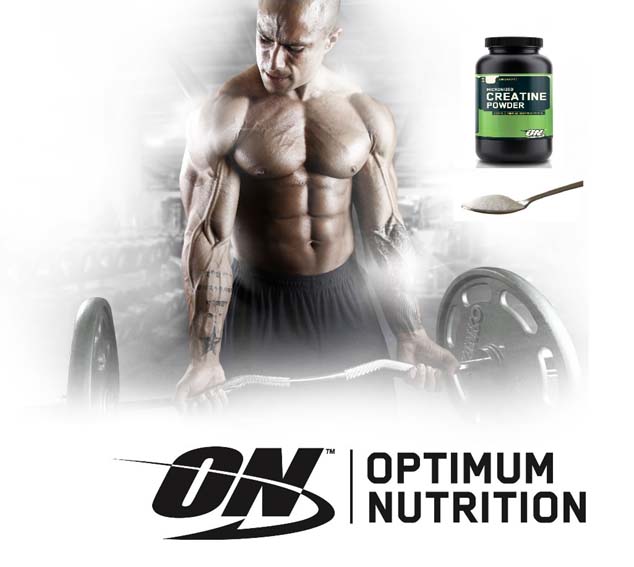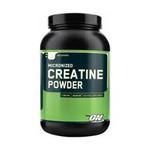|
The general idea is that fatigue during intense exercise our energy firing arsenal of ATP are in short supply due to the rapid depleted of phosphocreatine (CrP) levels. This is where oral creatine supplementation maybe beneficial increasing muscle creatine levels. This leads to enhanced performance during repetitive or endurance training So what is Creatine? Creatine is a muscle fuel. Creatine supplementation has shown to increase creatine stores, similar to those of carbohydrate loading for glycogen (energy from carbohydrates) storage (2). Creatine is a compound obtained from amino acids (building blocks of protein – arginine, glycine and methionine) and is stored mainly in the skeletal muscle. Creatine is transported into the muscle by a transport system that is stimulated by insulin (3). What foods is creatine found in? Creatine can be found in red meats, fish and eggs but the best way to increase the creatine levels in your body for performance is to supplement with a Creatine powder. Effects on performance what does the research say? Muscle Strength & Gain: Supplementation with creatine monohydrate has consistently shown to promote greater gains in Lean Body Mass and strength. A study by Cribb et al, (2007), looked at the effects of taking creatine with carbohydrates and protein. This was compared to intakes of just protein and also protein-carbohydrate over a 12 week training program period. The Creatine-Carbohyrate-Protein results showed:
All resulting in significantly greater improvements compared to the other trials. This lead to greater muscle growth, increased muscle fibres and area containing muscle fibres..
|
 |
Other Performance Benefits:
|
|
|
|
Guidelines on Creatine Supplementation: Research has shown that muscle creatine levels are increased as a result of supplementation with repeated doses of creatine, which are large enough maximise the transport into the muscle cell (6). Double your daily water intake from what you consume on daily basis when taking a creatine supplement. Creatine can be:
Co-ingested with 75-100g of carbohydrates (2) This has shown to enhance creatine accumulation and to assist individuals to reach the muscles creatine threshold (1) (2).
The two ways to load on Creatine:
Rapid Loading is achieved by consuming 20-25g creatine in split dosages for 5 days with saturation occurring after 2-3 days:
A slow loading phase is achieved by a daily dose of 3g over a 28 day period.
Elevated muscle creatine stores are maintained by 2-3g serve of continued daily creatine supplementation. It takes ~ 4-5 weeks to return to resting creatine concentrations once creatine supplementation has stopped.
Renal impairments with the use of creatine have only been seen in those with pre-existing renal dysfunction. Long term studies have reported NO detrimental effects on renal problems in various athletic populations.
|



